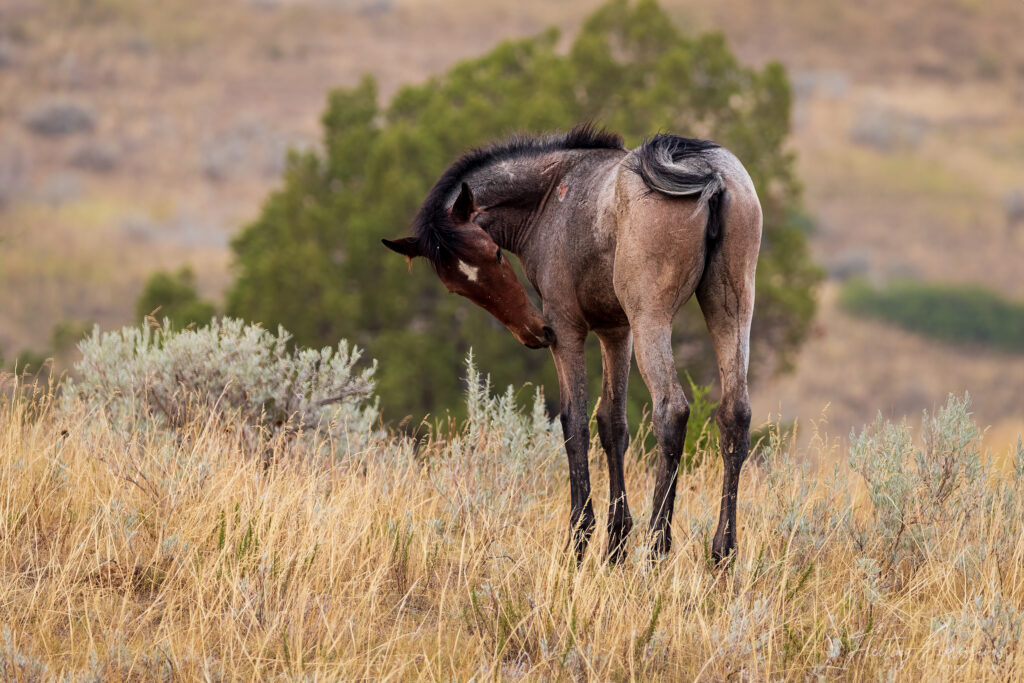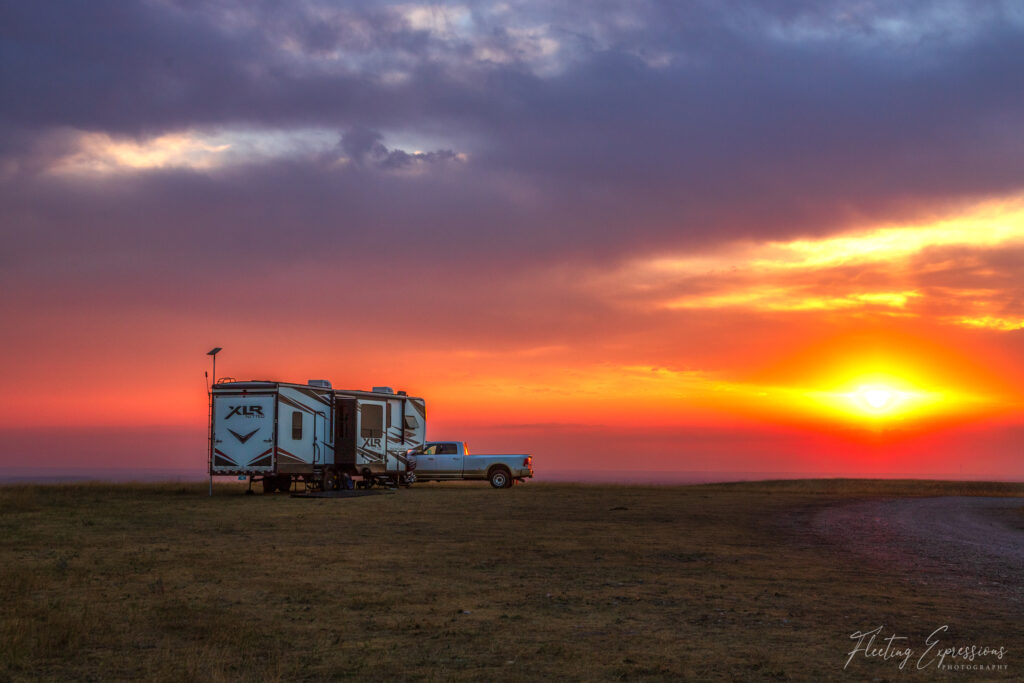A guide to discovering peaceful outdoor escapes.
The Allure of the Quiet Outdoors
Overcrowded trails can zap the joy right out of an outdoor adventure. It’s hard to connect with nature when you’re dodging crowds, overhearing loud conversations, or watching people trample delicate plants for the perfect selfie. Let’s talk about how to find those peaceful nature spots—places where you can truly listen to the wind in the trees, breathe deeply, and enjoy nature without the background noise.
If you’re a nature lover like me, the sound of birdsong beats Betty’s lunch plans any day. And if you’re a photographer? Forget it—noise and crowds drive wildlife away. That’s why discovering places off the beaten path to explore can be such a game-changer. They’re not just more beautiful—they’re quieter, calmer, and far more rewarding.
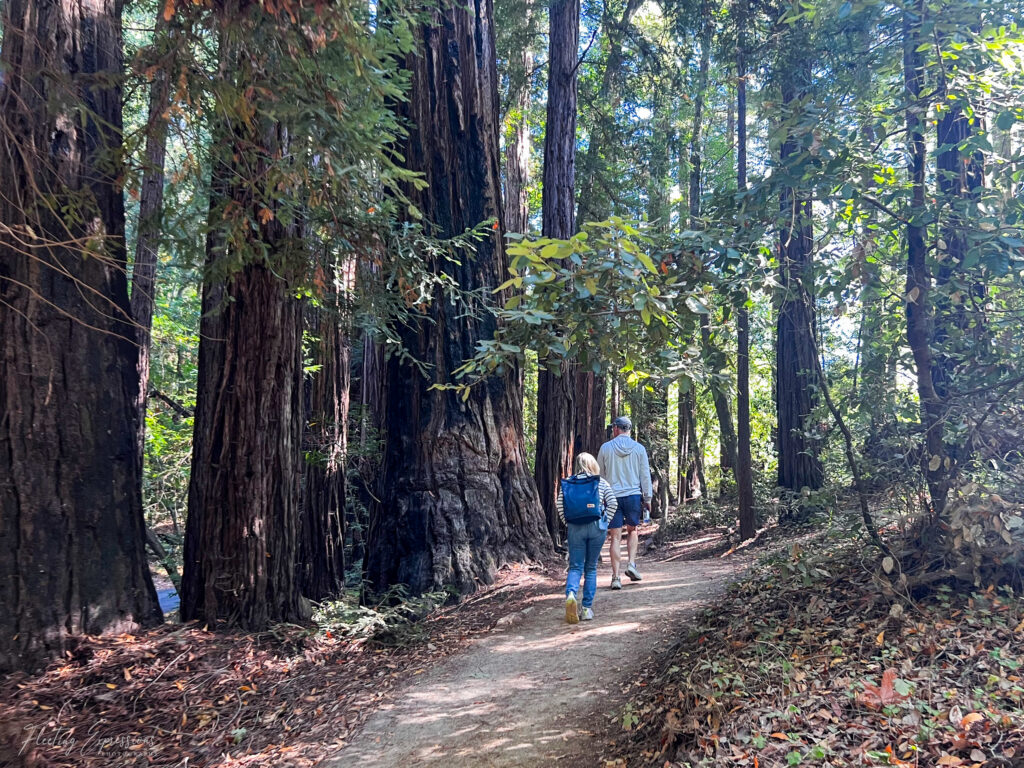
What does “wild” mean to you?
For me, it’s that feeling of being an explorer—wandering into a place that still feels untouched, where the views are wide open, the wildlife moves freely, and there’s no hum of traffic or buzz of conversation in the air. It’s a kind of magic that’s getting harder to find, but not impossible—especially if you know where (and how) to look.
Timing your visit to popular locations can help you have a similar experience. Do your research to find out the less busy times of the year. The shoulder season is often the perfect time at a busy national park after a crowded summer. Pro tip: go early! Most visitors start arriving around mid-morning, and by then, the good light is gone, and the wildlife has found a quiet spot to nap.
So, how do you actually find these wild and peaceful places? The good news is, you don’t need a treasure map—just a few handy tools and a little curiosity. Here are some of my favorite ways to discover those hidden gems where the crowds haven’t quite caught on yet.
5 Tips to Find Hidden Gems (Without the Crowds)
- Zoom in on the green spots on Google Maps. Seriously—it’s one of my favorite tricks! Look for unlabeled patches of green, then switch to satellite view. You’ll often discover local preserves, county parks, or trail systems that aren’t promoted like the big-name spots.
- Let the apps do the work. In my opinion, AllTrails is one of the best hiking apps. It is designed for the everyday hiker and is easy to navigate, save trails for the future, and log completed hikes. You can gain a lot from the free version and upgrade if you want even more! Gaia GPS is for the more adventurous hiker or backpacker. I haven’t used it, but I have heard good things about it. Seek by iNaturalist can help you identify plants and wildlife out on the trail.
- Strike up a conversation with the locals (especially rangers!). Stop by a visitor center or ranger station and ask where they go. Locals usually know the spots that tourists skip—and they’re likely to suggest something even better than what’s on your list. We like to chat with other diners in restaurants for their recommendations too.
- Join the right Facebook groups or forums. There are many communities for hikers, RVers, birders, and photographers. People enjoy sharing off-the-radar places, and you’ll often find current trail conditions or road access updates as well. I joined several birding groups in Florida, and they provided some great tips on where to find some amazing birds.
- Explore during “off” time. Even popular spots can feel peaceful if you visit early in the morning, during the week, or in the off-season. You’ll avoid the crowds and might also capture better light for photos! I had never heard of the “shoulder” season until we started traveling, but it is the best time to visit most national parks. (The shoulder season is the period of time between a region’s peak season and the offseason.)
Think Beyond the National Parks
Don’t get me wrong—I love a good national park. However, they’re not the only show in town. Some of the best experiences I’ve had come from state parks, wildlife refuges, and little-known land trusts that barely appear on the radar.
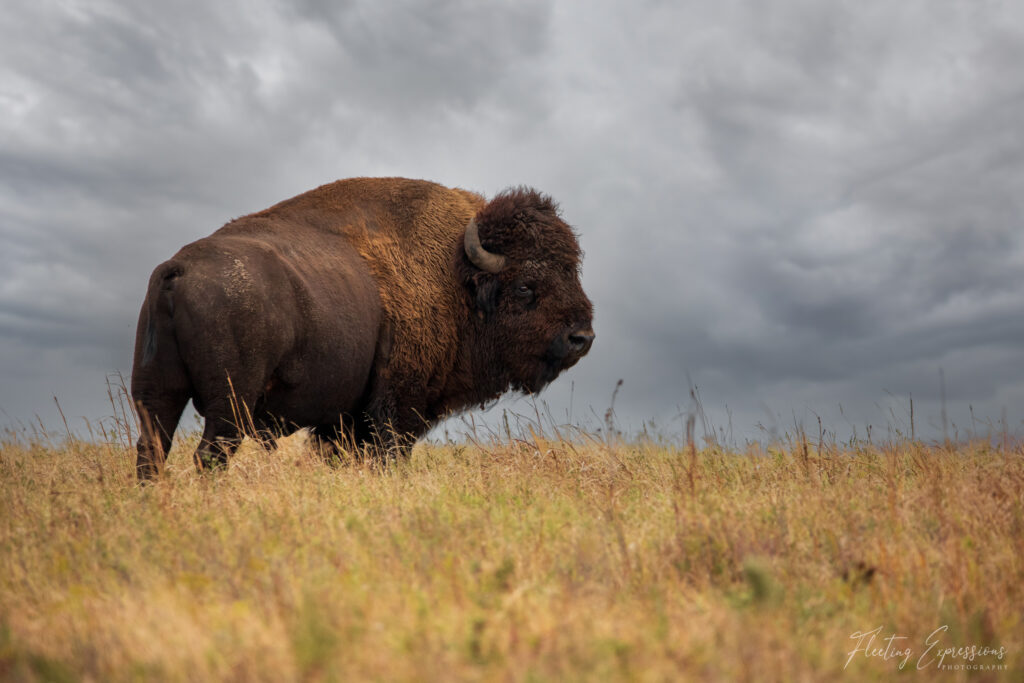
State parks often feature stunning trails, fewer visitors, and significantly less hassle with permits or parking. Wildlife refuges? They’re havens for birds, wildflowers, and peaceful moments. Additionally, local land trusts typically manage beautiful areas that feel like your own secret garden. Our favorite places to camp off-grid are on Bureau of Land Management (BLM) lands, which makes exploring the area incredibly easy!
If you’re open to exploring beyond the big names, you’ll find just as much beauty—and a whole lot more peace. Some of my favorite places have been nature preserves and wildlife refuges. Orlando Wetlands and Merritt Island in Florida, and Smith Oaks Rookery in Texas are among my favorite places to visit for birds but timing your visit for the subject is key (hint: go at sunrise!).
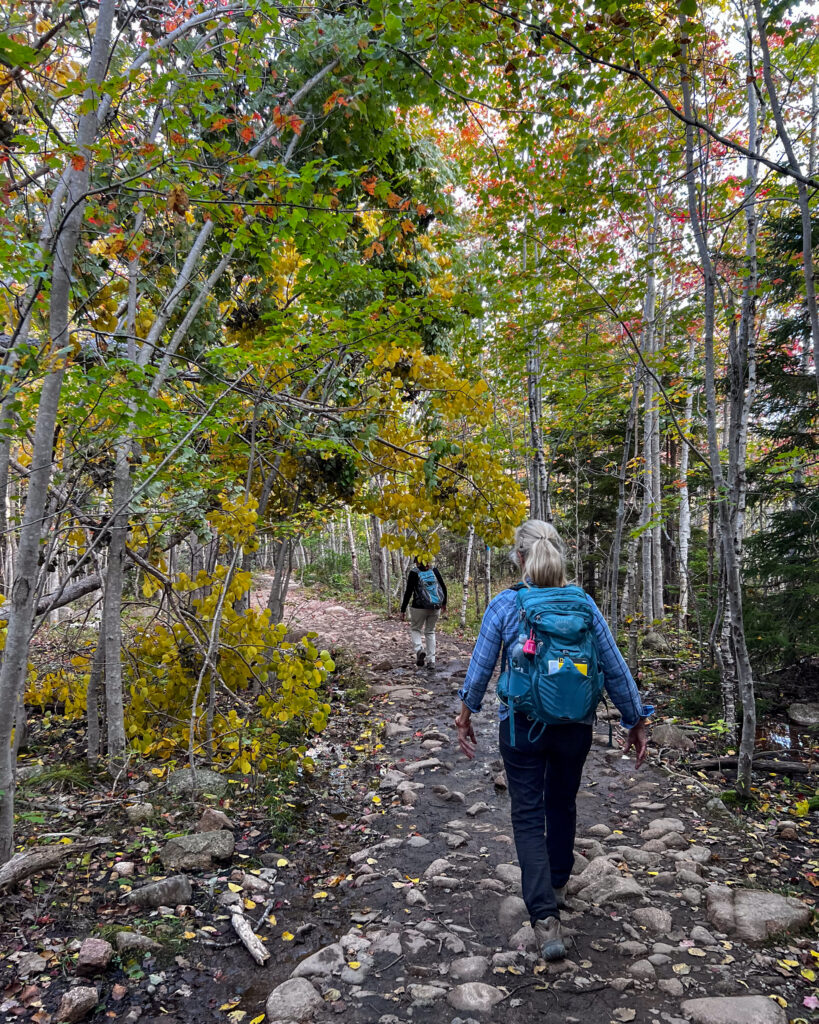
Be a Respectful Explorer
Finding these wild, quiet places is a gift. Responsible hiking will help keep them that way and is our responsibility. Following a few simple rules helps preserve these areas for future explorers. Stick to the trails, pack out your trash, and avoid geo-tagging in particularly fragile spots. Wildlife is more likely to remain when we move slowly and stay quiet (bonus for bird photographers!).
Basically, treat these special places like a friend’s cozy cabin and leave them as beautiful as you found them for the next visitor. Earn good karma by picking up any trash you see on the trail! Preserving the wildness of these spaces is important, so let’s all do our part to leave them better than we found them.
Bonus: A Few of My Favorite Finds
I’ve shared a few of my favorite hikes and the images I captured on them in previous sections, but here is a short list of places I have explored and loved:
- Caney Creek Falls in the Bankhead National Forest of Alabama is a great place to try your hand at Japanese inspired practice of forest bathing, which is simply immersing yourself in nature, specifically in a forest. Slow down, engage all your senses, and connect with the atmosphere of the forest.
- Thompson Falls in the White Mountains of New Hampshire is a lesser-known trail that leads to (you guessed it!) a small waterfall. Most folks will want to go in the fall (which is stunning) but honestly, any time would be great to hike the trail.
- Penny’s Preserve in Blue Hill Maine is another peaceful, forest trek. The trail runs along a creek and the ferns and lichen were fantastic!
- Blue Hole Falls was a surprise find in the Cherokee National Forest near Elizabethton, Tennessee. The hike was short (around a half-mile) but the elevation will make it feel like an adventure. The color of the water alone is worth the trip!
- Orlando Wetlands in Christmas, Florida (yes that is actually the name, and no, I didn’t see Santa!) doesn’t have any waterfalls but the wetlands themselves are the real star hear. The boardwalk and trails weave through the marshland, giving you some great opportunities to see spoonbills, gators, and herons.
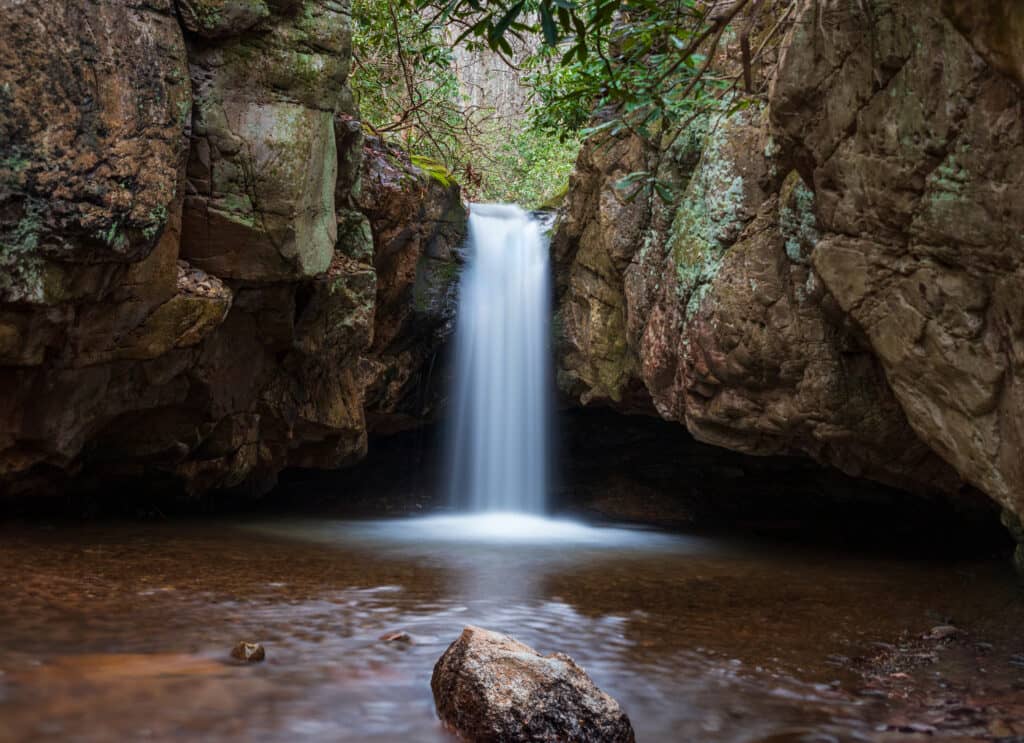
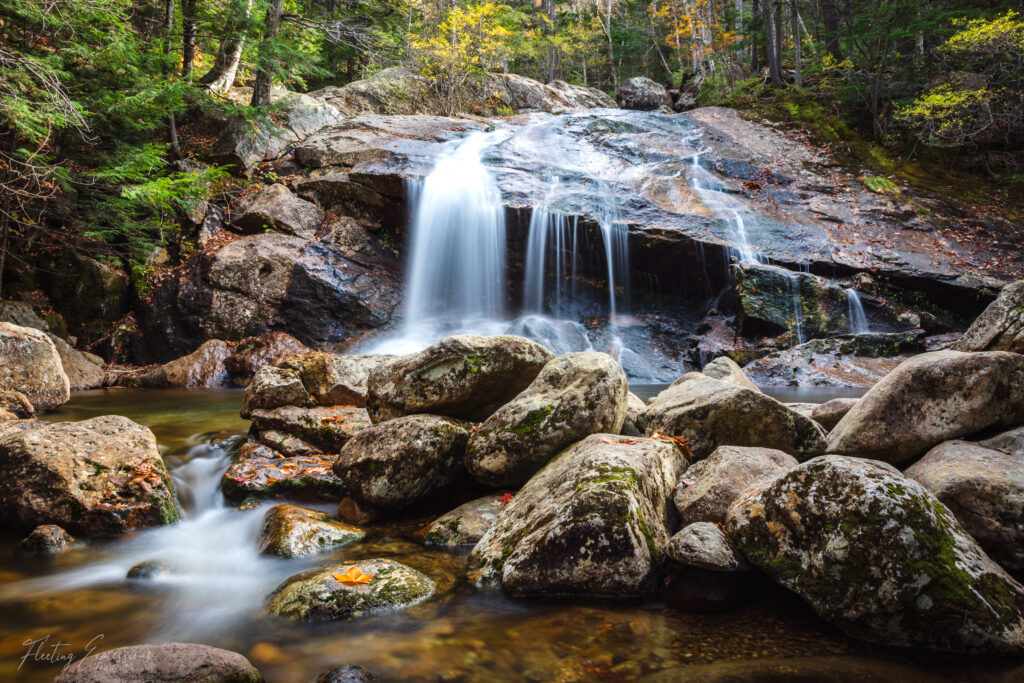
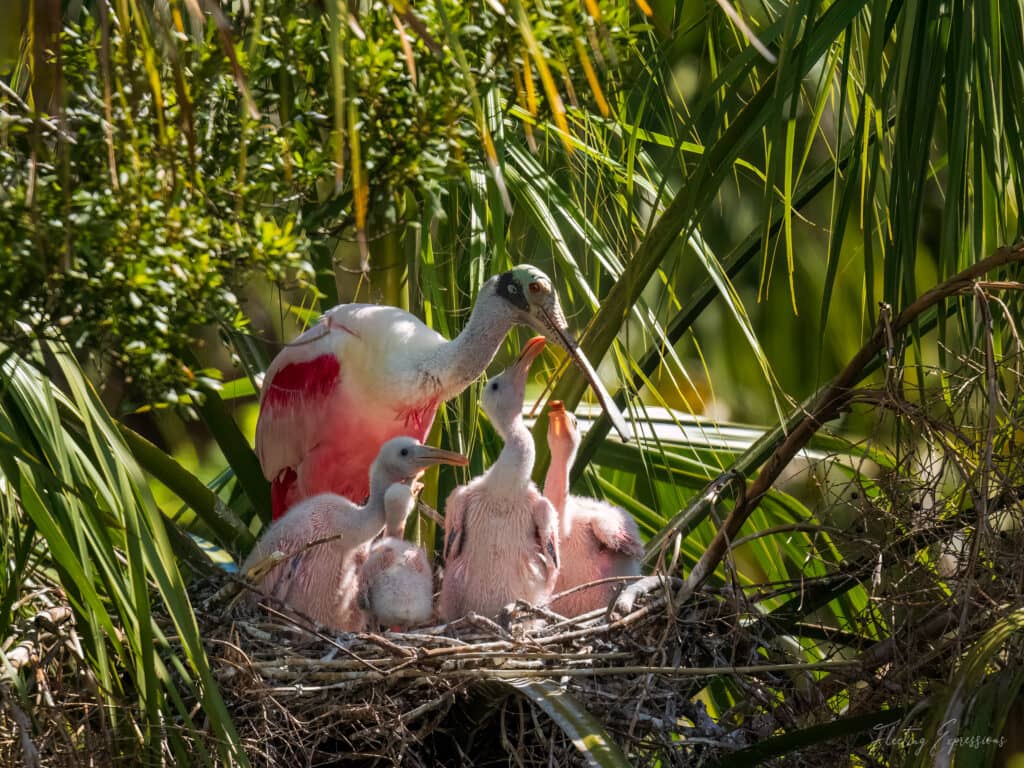
You don’t have to travel far, or fight the crowds, to find peaceful spots in nature. These quiet spots offer space to breathe, trails to wander, and moments that feel like your own little secret.
Got a favorite hidden gem of your own? I’d love to hear about it! Drop a comment below or tag me in your next adventure at @fleetingexpressions.



